
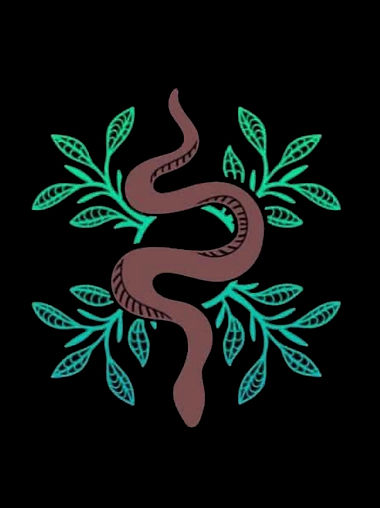
SNAKE RELOCATION LARA
LICENSED SNAKE CONTROLLER
24 / 7
.png)
NATE - 0447 001 312
Covering Lara, Golden Plains, Geelong, The Bellarine & The Surf Coast

Property inspections available

Registered business
Available 24/7 - 365

Only $80 relocations - $0 call out fee

Follow "Snake Relocation Lara" on Facebook
My passion for these amazing reptiles is like nothing else!
They are incredible & extremely misunderstood ...
A lot of people think that they're slimy cold blooded killers that just want to bite you which is far from the truth, in fact, snakes are far more scared of you and all they want is to get away and seek refuge.
Their very last form of defence is to bite when they feel threatened or are provoked and that's how 95% of snake bites here in Australia happen.
If you do encounter a snake on your property, remain calm, make sure your pets/children are safe, call Nate - 0447 001 312 and keep an eye on the snakes movements from a safe distance until I arrive.
DO NOT attempt to harm/kill or capture the snake yourself.
All snakes are protected under the Wildlife Act,1975.
TOP 5 LOCAL SNAKES
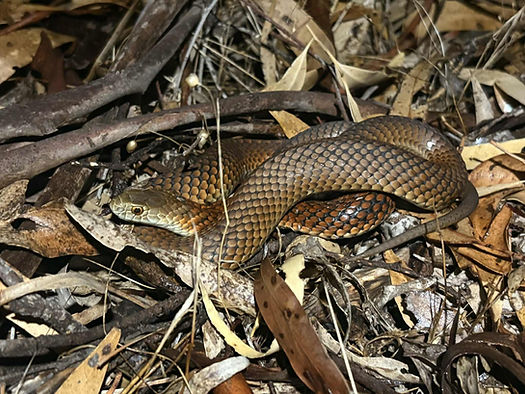
Lowland Copperhead
Austrelaps Superbus
The lowland copperhead is a venomous snake species in the family Elapidae.
Appearance:
The lowland copperhead is generally 1-1.5 m long. Their colour varies a great deal, from a coppery mid-brown to yellowish, reddish, grey or black. The copper head colouring that gave rise to the common name is not always present. It is found in southeastern Australia, including Tasmania.
Distribution:
The copperhead has a preference for areas of low vegetation near water bodies where it hunts for frogs, lizards and snakes including smaller snakes of its own species.
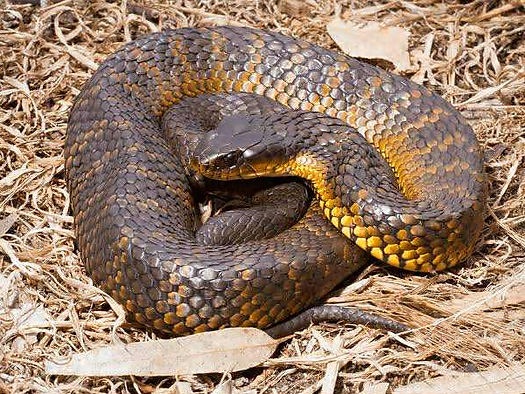
Tiger Snake
Notechis Scutatus
Tiger Snakes are named after their tiger like stripes. However, some tiger snakes do not have any stripes at all. Tiger Snakes are one of the most venomous snakes in the world - ranking in at number 5!
Appearance:
Their fangs are usually 3.5 – 5 mm in length. They can move through water with ease. When they feel threatened, they raise themselves off the ground and flatten their heads and neck, almost like a cobra. Tiger Snakes are thick-bodied solid snakes; they are usually around 1 m long but may grow up to 1.5 m.
Their head is slightly wider and distinct from their neck. Tiger Snakes main body colour ranges from grey-brown to black. However, their body colouration cannot be used as a sole method of identification, as there are many variations.
Distribution:
South-eastern, southern, and southwestern mainland Australia (Queensland, New South Wales, Victoria, South Australia and Western Australia), Tasmania and offshore islands.
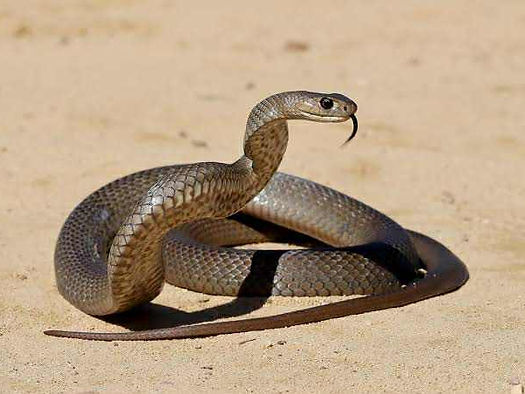
Eastern Brown Snake
Pseudonaja Textilis
The venom of the Eastern Brown Snake is rated as the second most toxic of all snake venoms in the world, next only to that of the Inland Taipan (which is also a native of Australia)
Appearance:
There are many Australian snakes which are brown-coloured, and the Eastern Brown can vary from very pale brown to reddish or almost black in colour. The only reliable way to identify most snakes is by counting the rows of scales across the back in mid- body, and noting the pattern of scales on the head and under the tail. Like most other snakes, the Eastern Brown will avoid confrontation with a large predator such as a person, fleeing rapidly towards shelter instead.
Studies both in the field and the laboratory have shown that a defensive strike is made only as a last resort. The average length is about 1.5 metres (4.9 ft), but Eastern Browns can grow up to a formidable 2.4m (7.8 ft) in length. Males grow larger than females.
Distribution:
Eastern brown snakes are found along the east coast of Australia, from Malanda in far north Queensland, along the coasts and inland ranges of Queensland, New South Wales, Victoria, and to the Yorke Peninsula in South Australia.
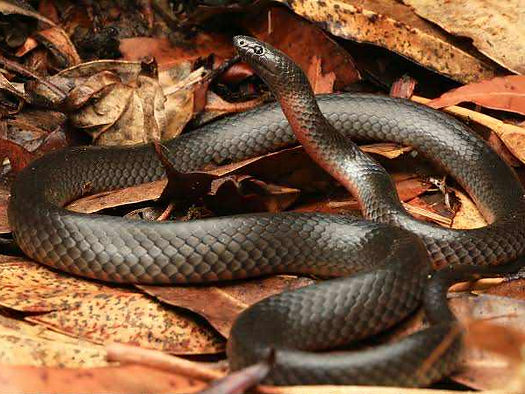
Eastern Small-eyed Snake
Cryptophis Nigrescens
Appearance:
Robust body with distinct head. The head and body are a shiny blue-black. The ventral (underside) scales range from cream to dark pink, sometimes with darker blotches. The black body colour coupled with dark pink underside can lead to the snake being mis-identified as a Red-bellied Black Snake. The eyes are small and darkly coloured. Can grow to 1.2 metres in length, but the average is around 0.5 metres.
Distribution:
The Eastern Small-eyed Snake is distributed widely along the east coast of Australia from Cape York to Melbourne. It is active at night. The females are mostly sedentary, whilst the males will average twice the distance of females. Eastern Small-eyed Snakes appear to be quite communal. It is common to find multiple snakes living in the same location.
.jpeg)
Red-bellied Black Snake
Pseudechis Porphyriacus
Appearance:
The red-bellied black snake (Pseudechis porphyriacus) is a species of venomous snake in the family Elapidae, indigenous to Australia. Originally described by George Shaw in 1794 as a species new to science, it is one of eastern Australia's most commonly encountered snakes.
Distribution:
Averaging around 1.25 m (4 ft 1 in) in length, it has glossy black upperparts, bright red or orange flanks, and a pink or dull red belly. It is not aggressive and generally retreats from human encounters, but will defend itself if provoked. Although its venom can cause significant illness, no deaths have been recorded from its bite, which is less venomous than other Australian elapid snakes.
